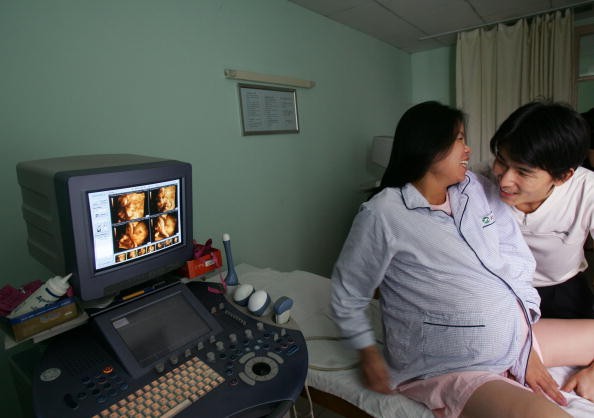European researchers revealed how pregnancy changes the structure of human brain for at least two years.
This is the first time that scientists have been able to get an evidence of the changes happening in the brains of pregnant women. According to Today, the report published in the journal Nature Neuroscience said these changes are so clear that it makes it possible to tell if a woman already had a child by means of looking at her brain scans. The research suggests that these changes occur in order to strengthen the bond of the mother with the newborn.
The neuroimaging study was conducted in Spain, according to Washington Post, and involved the participation of 25 first time mothers. Their brains were scanned before and after pregnancy and repeated two years after they gave birth. The results have shown changes in the gray matter of the brain, the outer layer that contains the neurons.
This gray part of the brain shrinks in size after pregnancy and this event is called "gray matter pruning". This is also known to occur during early childhood as well as adolescence. Pruning generally means that a region in the brain has become more specialized because the process strengthens the most important interconnections among neurons.
Another discovery by the researchers suggests that gray matter pruning varies per person and those who had more have established stronger bonds with their babies.
"The gray matter volume changes of pregnancy significantly predicted the quality of mother-to-infant attachment and the absence of hostility toward their newborns in the postpartum period," the authors said.
Cordelia Fine, a psychologist at the University of Melbourne, who did not have any participation in the study said that despite the small sample size, the research had a feasible theory. "The authors are appropriately careful not to conclude that the brain changes they observe are caused by hormones (or by hormones alone), since they don't show this directly. However, this is certainly a plausible hypothesis." She said.
It is worth noting how this study could be useful to the future mothers because the stronger the attachment of the mother to child, the higher the chances of survival for the baby.



























